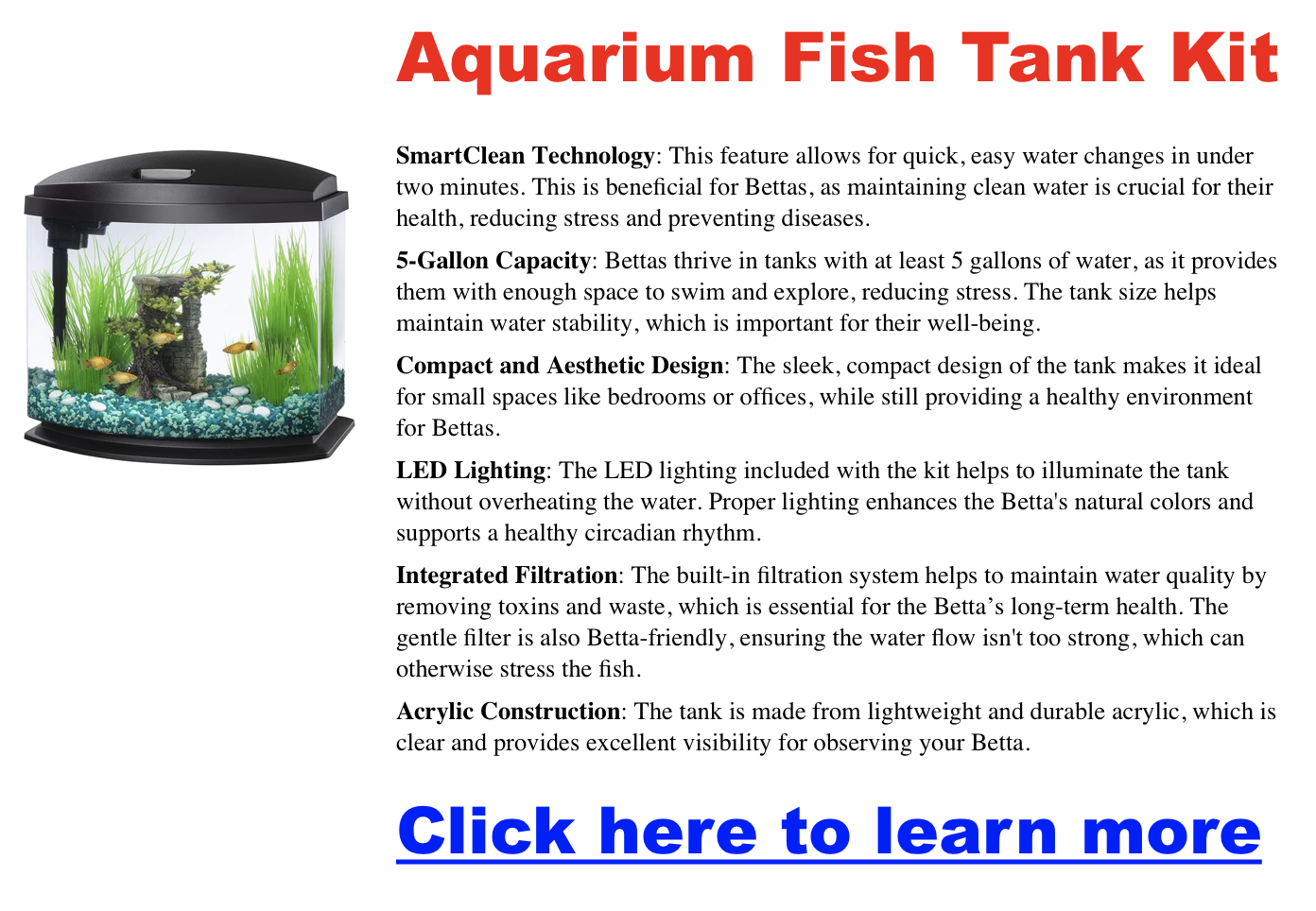Betta imbellis (The peaceful Betta) – Full Care Guide
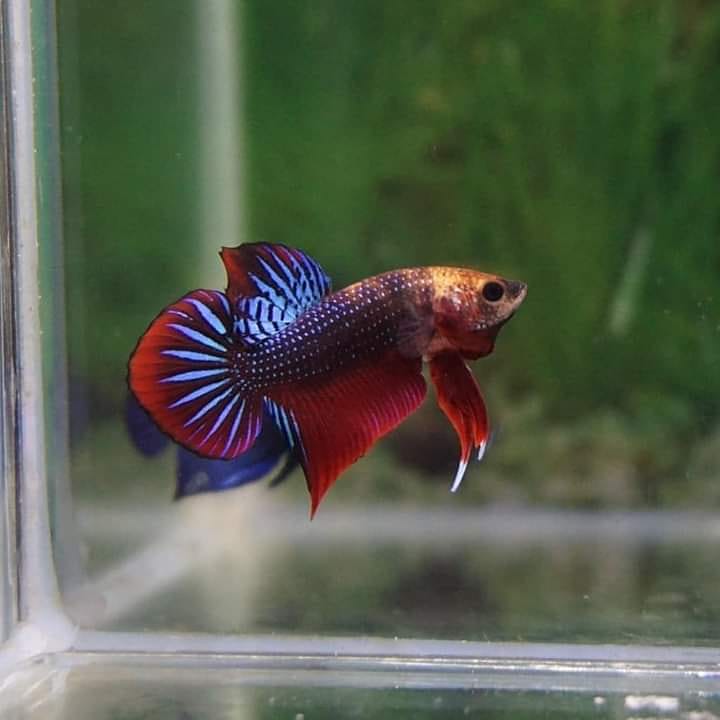
credit: reddit.com
Betta imbellis, known for its serene nature and striking colors, stands apart in the aquatic world. Popularly referred to as the Peaceful Betta or Crescent Betta, it captivates wild betta enthusiasts with its vibrant emerald-green body contrasted by vivid red accents. Unlike its more aggressive relatives, Betta imbellis offers a tranquil presence in the aquarium, making it a prized addition for hobbyists.
- Tank Size: For a single Betta imbellis, a minimum of 4 gallons is necessary. However, to house a pair comfortably and ensure harmony, a 15-gallon tank is advisable.
- Environment: Mimicking their natural habitat, the aquarium should be richly planted with soft substrates and features such as driftwood and leaf litter for hiding. Plants like Java fern and Anubias provide both cover and beauty.
Tank Conditions
- Water Conditions & Tank Temperatures: Maintain a pH range of 6.0 to 7.5 and temperature between 75-82°F (24-28°C). Soft, acidic water conditions are ideal.
- Filtration and Lighting: Use a gentle filtration system to keep the water clean without creating stressful currents. Subdued lighting helps simulate their native environment.
- Diet: A diet rich in proteins, including live or frozen foods like bloodworms and brine shrimp, will keep your Betta imbellis thriving.
Imbellis Appearance
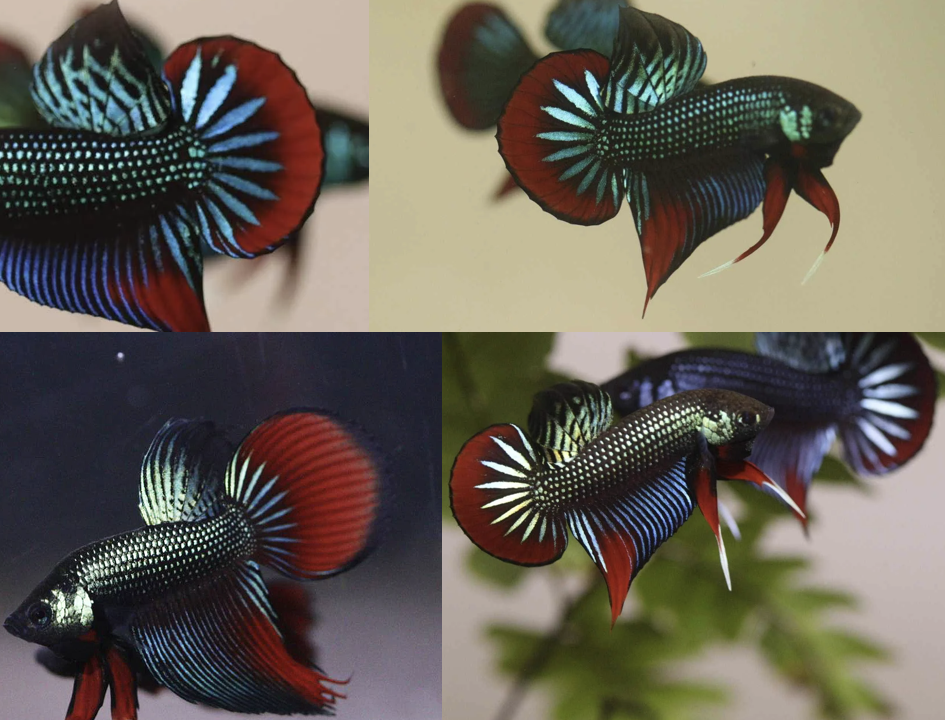
Photos from Franks Bettas
Betta imbellis showcases a captivating blend of colors, primarily characterized by an emerald-green body with subtle hints of blue. This species is less flamboyantly bred than the Betta splendens, leading to a more natural, subdued elegance that is nonetheless striking in an aquarium setting.
- Tail and Eclipse
The tail, or caudal fin, of the Betta imbellis is known for its round, or crescent shape, often presenting a beautiful semi-circle that has earned it the nickname “Crescent Betta.” This tail may feature an eclipse-like pattern, particularly visible in males, where a vivid red crescent or partial eclipse shape adorns the tail, adding to their visual allure.
- Scaling
The scales of Betta imbellis can vary in coloration from blue to emerald green, often shimmering under aquarium lights. The intensity of color can change based on the lighting conditions, with scales appearing more vivid in certain lights. This color variation, along with the dense scaling, contributes to the fish’s overall beauty.
- Size
Betta imbellis is relatively small compared to other betta species, typically reaching about 2 to 2.5 inches (5 to 6.4 cm) in length. This size makes them suitable for smaller tanks, although they thrive best with ample space to explore.
- Ventrals
The ventral fins of Betta imbellis are noteworthy for their length and coloration. They often display a rich red color with black edging, which contrasts strikingly against their green body. These fins are not just for show; they play a significant role in the fish’s display behaviors, both in terms of aggression and courtship.
Betta imbellis in the wild
Historically, bettas were captured by individuals for the purpose of engaging them in combat. Within this context, Imbellis is not as sought after for fighting compared to the Betta splendens, which has seen selective breeding for aggression, resulting in various fighting strains like the Thai fighter fish and other domestic variations.
Over the years, Betta imbellis has diverged significantly from its wild origins through selective breeding, leading to the development of numerous strains that exhibit a wide range of colors and patterns, moving away from their original utilitarian purpose towards more ornamental traits.
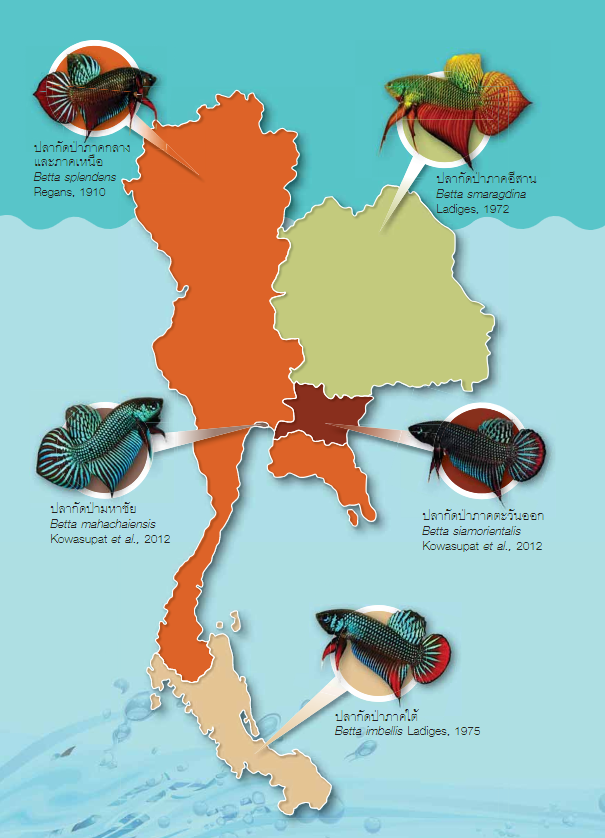
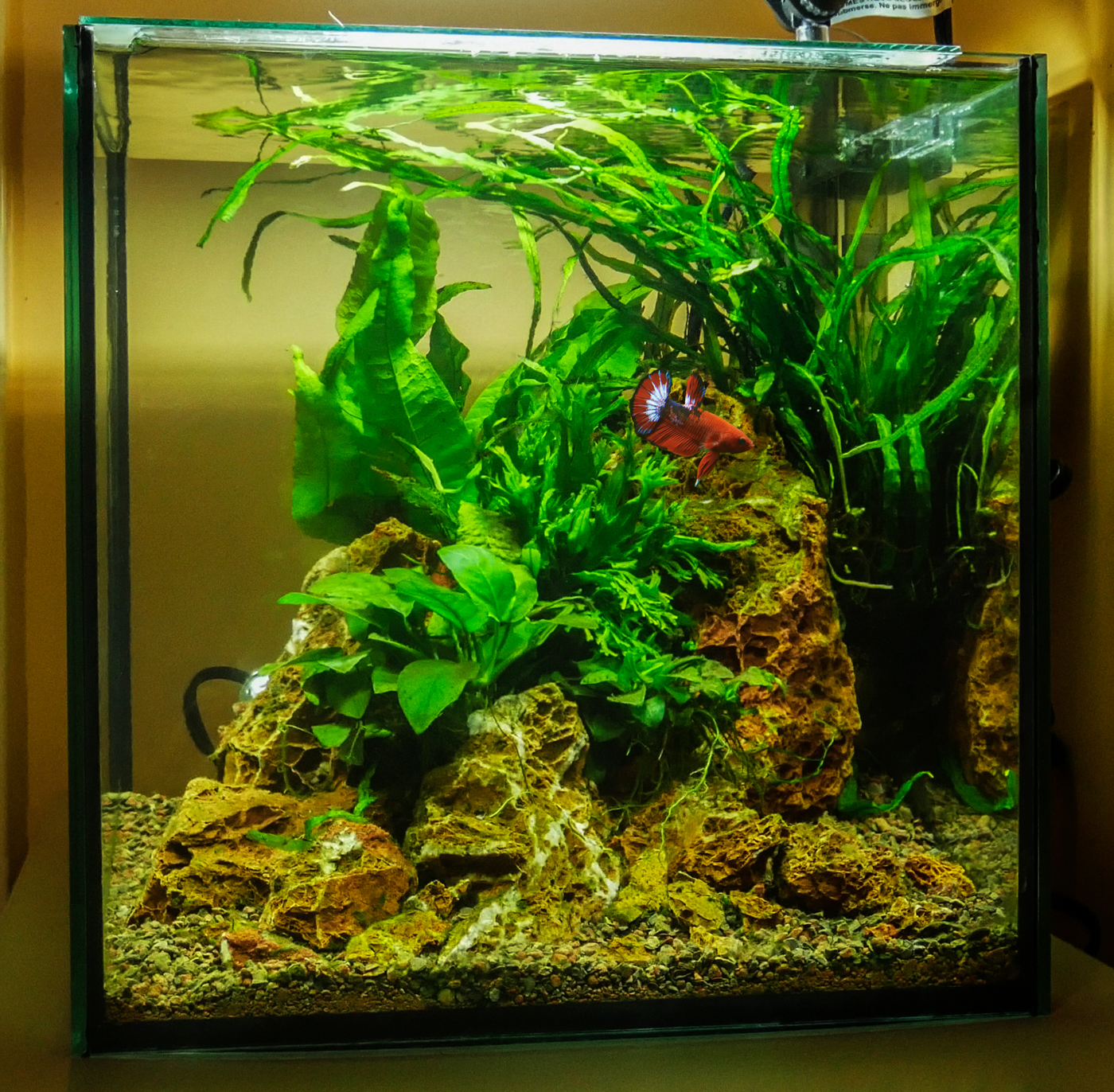
Photo credit sunkengardens.net
Plant Cover and Tank Environment
Filling your tank with a variety of plants that reach up to the water’s surface can significantly enhance the well-being of your Betta imbellis. Dense plant life mimics their natural habitat, offering security, improving water quality, and supporting a healthy bacterial and biological balance. For those keeping multiple bettas, plants become even more critical, providing females with places to hide and avoid potential conflicts.
When selecting plants, opt for species that thrive in low-light conditions, such as Java fern, Java moss, floating plants like frogbit, and Anubias. These plants do not require intense lighting to grow, making them ideal for a Betta imbellis setup.
Decorations and Substrate
Incorporating driftwood into your aquarium not only adds a touch of natural beauty but also provides your betta with additional hiding places. To replicate the dark, tannin-rich waters of their natural habitat, consider adding Catappa leaves to your tank. These leaves help to prevent diseases, lower the pH, and impart a natural tint to the water. A dark substrate is recommended to further enhance the vibrant colors of your Betta imbellis and to create a more secure environment for them.
Filtration and Tank Lid
The choice of filtration largely depends on personal preference; however, if you choose to use a filter, opt for a sponge filter or one with a low flow rate. Betta imbellis prefers calm waters and might become stressed in strong currents. While low-tech setups can be sufficient, a filter can be beneficial for plant health.
A secure lid is an absolute necessity for your tank. Bettas are known for their ability to jump, and a lid without any gaps is crucial to prevent any escape attempts. Ensuring your tank is well-covered will keep your fish safe and secure within their aquatic home.
Imbellis Betta Food
Betta imbellis strongly prefers meat-based foods, with mosquito larvae, bloodworms, and daphnia being among their favorites. These foods closely mimic their natural diet in the wild, providing them with essential nutrients for growth and health.
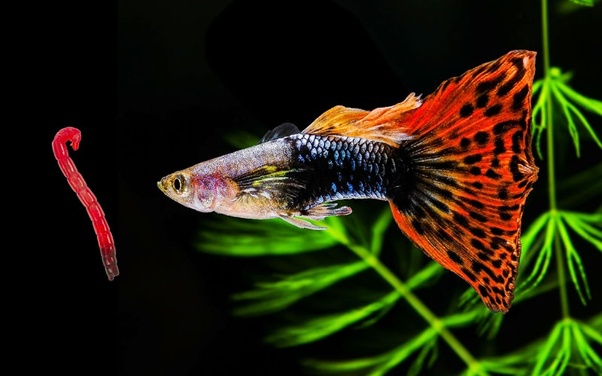
Unknown photographer
Varied Diet and Picky Eaters
It’s not uncommon for Betta imbellis to be selective with their food, particularly when it comes to dry pellets or flakes. To ensure they receive a balanced diet, it’s beneficial to offer a variety of foods. Experimenting with different types can help identify what your particular fish prefers.
The Role of Live Foods
Live foods are especially valuable when encouraging spawning or increasing the overall health and girth of your Betta imbellis. Hunting and consuming live prey can stimulate their natural instincts and often entice even the most reluctant eaters to feed. If your Betta imbellis is hesitant to eat, introducing live foods can trigger their instinctual feeding behaviors, leading to a more enthusiastic response at mealtime.
Water Parameters
For Betta imbellis to thrive in captivity, maintaining optimal water parameters is crucial. These parameters not only replicate their natural habitat but also ensure their health and longevity. Here’s a guide to the key water conditions required for Betta imbellis:
Temperature
Betta imbellis prefer warm water, with an ideal temperature range between 75-82°F (24-28°C). This range supports their metabolic processes and is conducive to their overall well-being. Using a reliable aquarium heater can help maintain a consistent temperature within this range.
pH Level
The water for Betta imbellis should be slightly acidic or neutral, pH range of 6.0 to 7.5. This mimics the acidic conditions of their natural habitats, such as peat swamps and rice paddies, where the water is softened by decaying plant matter. Regular testing and adjustments may be necessary to keep the pH within this optimal range.
Hardness
A general hardness (GH) of 5-15 dGH, is ideal for Betta imbellis. They are adapted to thrive in such conditions in the wild, and replicating this in the aquarium can contribute to their health.
Water Cleanliness
Maintaining clean water through regular partial water changes is essential for the health of Betta imbellis. It helps to remove toxins, such as ammonia and nitrites, which build up in the tank. A gentle filtration system can assist in keeping the water clean without creating strong currents that Betta imbellis dislike.
Tannins
Adding natural elements like Catappa leaves (Indian almond leaves) can introduce beneficial tannins into the water, which help to lower the pH naturally and create a more comfortable environment for Betta imbellis. Tannins also provide antimicrobial benefits and mimic the dark, tea-colored waters of their natural habitat.
Are Betta Imbellis Truly Peaceful?
While Betta imbellis are often called “peaceful bettas”, it’s important to understand that this refers to their potential for greater tolerance towards each other compared to selectively-bred Siamese fighting fish (Betta splendens). The Latin word “imbellis” even means “peaceful.”
Factors Affecting Aggression
Wild betta species, including Betta imbellis, can still exhibit aggression. Their smaller fins allow for faster swimming, making it easier for a male to chase a female. Tank size is crucial – a small tank will almost certainly lead to fights and potential injuries. On the other hand, a spacious, densely planted environment increases your chances of successful cohabitation.
Tips for a Peaceful Setup
- Tank Size: You’ll need a 15 gallon tank at minimum, with a preference for long, low tanks that mimic their natural habitat. A 20-gallon long could comfortably house a pair or even a small harem of three females.
- Plants & Hiding Places: Dense planting is a must! Include at least one plant every 20cm and incorporate hardscape materials like driftwood and rocks (avoid chalk stones due to pH effects). Catappa leaves provide excellent hiding spots for females.
- Careful Observation: Even in a well-designed tank, conflicts can arise. Be vigilant and prepared to separate your fish if necessary. Consider adding a sponge filter to produce gentle flow and disrupt bubble nesting, which can discourage breeding.
Breeding Betta Imbellis
Click here for my favorite guide on breeding & caring for fry
Breeding Betta imbellis shares similarities with domestic Betta splendens methods. With proper conditioning, it’s a relatively straightforward process.
Choosing Your Breeding Pair
- Purity Matters: Always breed Betta imbellis with another Betta imbellis. Avoid hybrids, which are becoming increasingly common. Hybridization threatens the availability of pure Betta imbellis.
- Finding Your Pair Look for two fish confirmed as Betta imbellis to ensure you’re contributing to the preservation of the species.
The Breeding Tank Setup
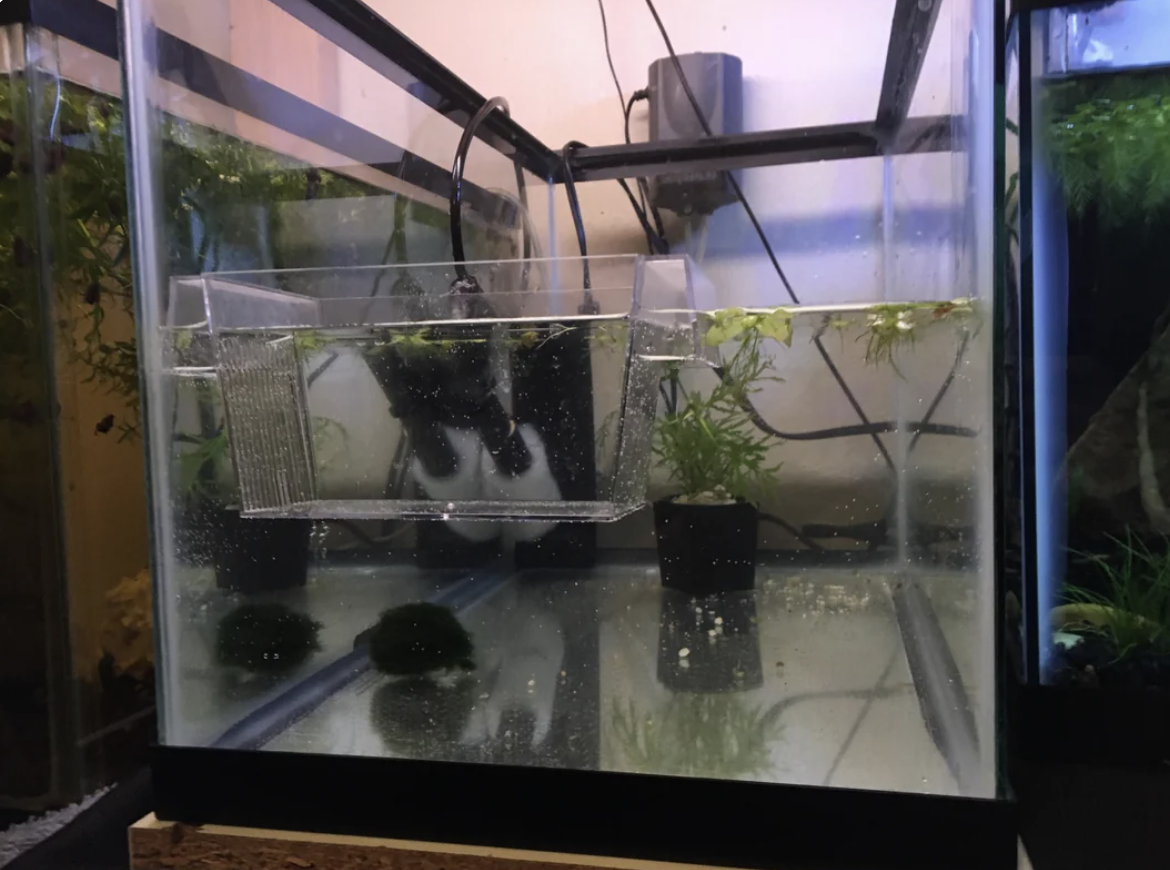
Reddit user: Aquascape
- Tank Size: A 7-12 gallon tank is suitable.
- Water Level: A low water level is ideal. This reduces stress on the female and makes it easier for the male to manage the bubble nest.
- Environment: Densely plant the tank and include Catappa leaves for hiding spots.
- Filtration: No filter is necessary. Cycle the tank for a week before introducing your male. He’ll start building his bubble nest.
Preparation is Key
- Conditioning: Feed both fish live foods for up to two weeks before breeding.
- Introducing the Pair: Place the female in a clear container within the breeding tank for visual introduction.
- Signs of Readiness: Look for strong vertical stripes, a swollen belly, and a visible egg spot on the female to indicate she’s ready to spawn.
Spawning and Beyond
- Release and Observe: Release the female into the tank, but monitor closely for excessive aggression. Spawning may take up to 3 days, and plentiful hiding places are crucial for the female’s safety.
- After Spawning: Remove the female immediately. Once fry are free-swimming, remove the male.
- Feeding the Fry: Feed newly hatched fry baby brine shrimp or small microorganisms.
